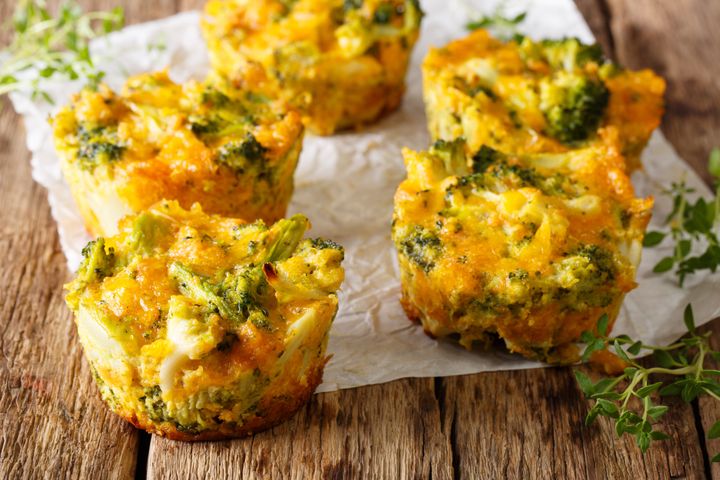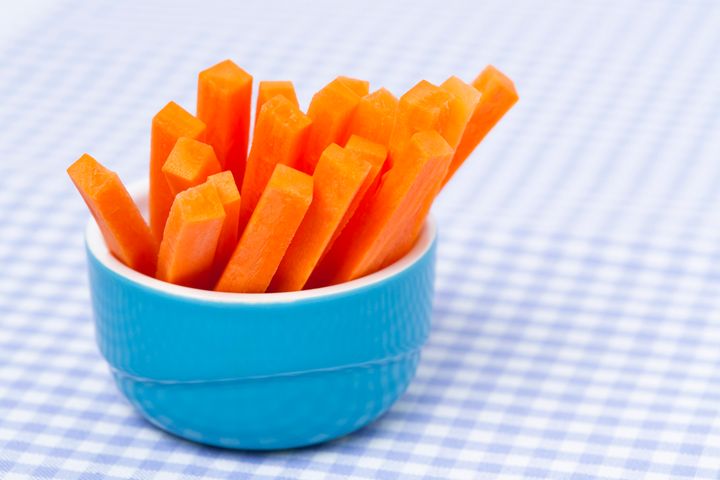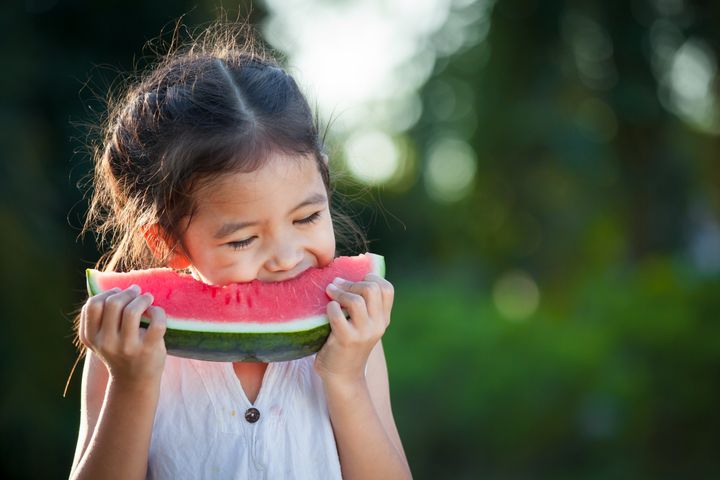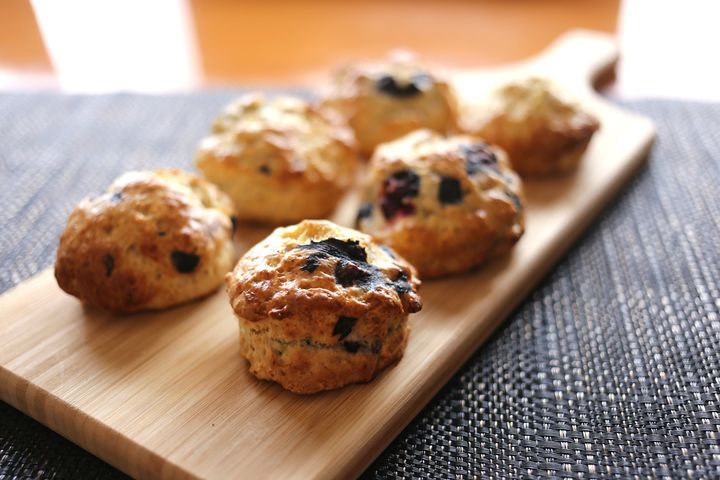Parents taking time out to keep little ones entertained over the summer holiday are expected to take a hit to the bank balance. A report from Post Office Money suggests they’ll spend an estimated £594 over the six-week break just to keep them entertained.
Thankfully the heatwave brings with it plenty of opportunities to get outdoors for free (check out our weekly series on free things to do in your region). But the big question is: whether you’re sat in the garden, kicking back at the park or heading off for a big day out, what should you eat?
Homemade picnics are often cheaper than eating out and they’re also the “perfect time to get a bit experimental with young children’s foods”, says nutritionist Charlotte Stirling-Reed, co-founder of LittleFoodie.Org. It’s also a great opportunity to encourage self-feeding with the selection of finger foods on offer.

Stirling-Reed recommends preparing a variety of sarnies ahead of time, using sandwich cutters or cake moulds to give them exciting shapes. “Marmite and peanut butter are some great healthy options to include in them,” she says.
You could also try making mini pitta pizzas. Simply spread tomato purée or some left over tomato pasta sauce on a pitta, add sliced veggies such as onions, peppers, tomatoes and olives and then top with a little cheese. Grill for a few minutes until the cheese has melted and the pitta is warm. It can be eaten straight away or wrapped up and eaten cold later on.
Frances Balding, nutritionist at CityDietitians, which educates the public on evidence-based nutrition through seminars, recommends baking mini cheese and broccoli muffins for which you’ll need: six eggs, two cups of broccoli, half a cup of grated cheese, some oil spray, half a teaspoon of salt and a few pinches of black pepper.
Start by preheating the oven to 200°C, she explains. Whisk the eggs in a bowl, wash the broccoli and chop up into really small pieces before mixing with the eggs, adding some grated cheese, salt and pepper. Next, spray the muffin tray with oil (to stop the muffins from sticking) and evenly pour the mixture in. Pop the tray into the oven for 15-18 minutes or until the tops are firm to the touch.

For something a bit more substantial and which tastes great cold, Baldning recommends making a tuna pasta salad using: one tin of drained tuna, 150g fussili pasta, two large tomatoes, three tablespoons of mayo, half a lemon (juice) and half a cup of frozen peas.
Add the pasta into a large pan of boiling water and cook according to packet instructions, she says. Once cooked drain and set aside. Pop the peas into a bowl and microwave for one minute to defrost, drain any excess water and add to pasta. Wash the tomatoes, chop into chunks and add them too. In a separate bowl add the mayo, lemon juice, a pinch of salt and pepper, and stir through. Once the pasta is cooled, mix it all together and you’re ready to go.
Healthy snacks like corn-on-the-cob can be cooked ahead of time and eaten cold, it’s also easy to store in plastic food container. Fruit kebab sticks are also a great option and healthy too, says Stirling-Reed. “You could also slide on some feta which goes well with watermelon chunks, or cheddar cheese which goes well with halved grapes,” she adds. If your kids prefer veg, why not pop raw chunks of carrot, tomato, cheese and cucumber onto a stick? Either way, this can count towards their five-a-day.
Veggie sticks are also a great option for mid-afternoon snacks. Cucumber is high in water, helping to prevent dehydration for little ones. To make it a bit more fun, you could pair it (or some carrot slices) with guacamole, hummus or a cooling yogurt dip.

For sweet treats, slices of frozen watermelon are very refreshing during a heatwave and the high water content helps hydrate young ones. “Pop them on a lolly stick and simply put them in the freezer,” Stirling-Reed suggests.
Baldning recommends making strawberry oat muffins at home, for which you’ll need: two ripe bananas, two cups of oats, two medium eggs, one cup of chopped strawberries, a quarter of a cup of maple syrup or honey, two tablespoons of flaxseed, one teaspoon of baking soda and half a teaspoon of cinnamon.
Preheat the oven to 200°C, she advises. Mash the bananas into a large bowl and then pulse the oats in a food processor a few times so they reach the consistency of a rough flour.
Whisk the eggs and then add to the bowl of bananas alongside the oats, maple syrup/honey, flaxseed, baking soda, cinnamon and strawberries. Stir through well. Line muffin trays with colourful muffin cases and evenly pour in the muffin mixture. Cook for 20-25 minutes or until a knife is poked into the cakes and comes out clean. Allow the muffins to cool before eating.

If you haven’t got time to bake, pack some shop-bought fruit scones, tea cakes or hot cross buns as they tend to have less sugar than other supermarket cakes.
You can also buy low-sugar jelly from the supermarket and prepare it with fruit segments (here’s how to make it). Or if you’re not going too far from the house, prepare some healthy ice cream cones. Simply add two tablespoons of plain yoghurt to a bowl and mix with a small dollop of cream cheese, add one tablespoon of tinned fruits and mix well, says Stirling-Reed. Next, scatter in the raisins and segments of a chopped tangerine and stir the mixture until all the fruit is covered. Add the yoghurt mixture to a small ice cream cone and serve there and then.
Children and the elderly at the most at-risk groups for dehydration, so make sure wherever you go you take lots of water. It’s worth popping bottles of water in the freezer ahead of time and then using them as cool blocks in your picnic bag. Once defrosted, they make a really refreshing treat.
